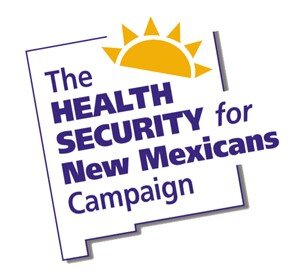March 7 was the last day for the governor to sign—or veto—bills passed by the 2018 legislature, bringing this year’s legislative season to a close. What happened regarding health care reform this session? In a nutshell, not much.
- While there were concerns about major cuts to Medicaid, the Medicaid budget survived in relatively reasonable shape.
- We were watching two health-care-related memorials—which, unlike bills, do not need the signature of the governor and do not have the force of law.
- HM9/SM3, which passed the house and the senate, asks the Legislative Health and Human Services Committee to explore the economic feasibility of a Medicaid buy-in option. Such an option would allow low-income, uninsured New Mexicans who are not eligible for Medicaid to purchase coverage administered by Medicaid.
- SM7, which passed the senate, requested the Superintendent of Insurance to convene a task force that would examine options to strengthen the increasingly fragile individual insurance market. The memorial pointed out that congressional and presidential actions to weaken the Affordable Care Act have led to a 34% increase in individual health insurance premiums in New Mexico for the 2018 plan year.
- HM9/SM3, which passed the house and the senate, asks the Legislative Health and Human Services Committee to explore the economic feasibility of a Medicaid buy-in option. Such an option would allow low-income, uninsured New Mexicans who are not eligible for Medicaid to purchase coverage administered by Medicaid.
- Senator Jeff Steinborn’s 2017 bill requiring agencies to engage in bulk purchasing of drugs was not found to be relevant to this budget session and therefore was not able to be heard. The bill, which passed both houses in 2017, was vetoed by the governor last year.
Health care costs and coverage issues clearly remain major concerns, and they have emerged as campaign issues for this election cycle.
With the 2018 session behind us, we’re gearing up for the elections—as well as for the 2019 legislative session, when Health Security will be introduced.
Your participation at our statewide strategy meeting is important. Please plan to join us in Albuquerque on April 28!







